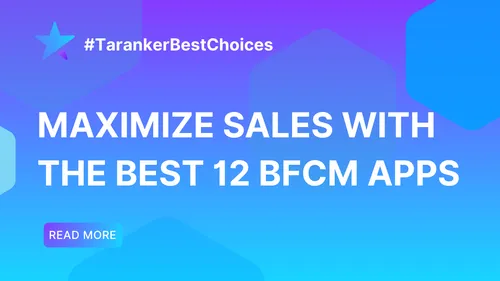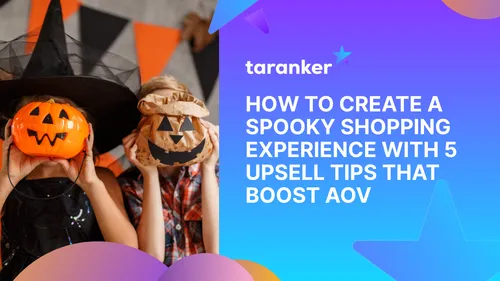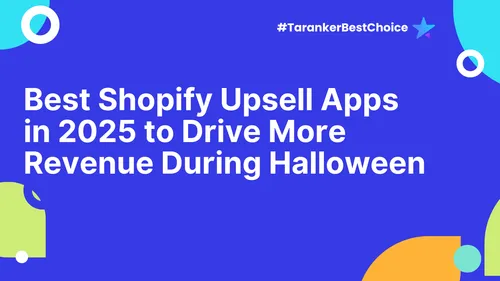Consumer behavior is never static; it evolves throughout the year based on various factors such as seasonality, holidays, cultural trends, and economic conditions. Understanding why consumer behaviors change across different shopping seasons is crucial for businesses, especially in e-commerce, as it allows for better planning and tailored marketing strategies. In this article, we’ll explore the key reasons behind these shifts in consumer behavior and how businesses can adapt to maximize their sales.
1. The Influence of Seasonal Trends

Seasonal changes significantly impact what consumers buy and how they shop. For example, in the spring and summer months, people tend to focus on outdoor activities, travel, and home improvement projects, leading to increased sales in these categories. In contrast, during the fall and winter, consumers shift their attention to holiday shopping, gifts, and seasonal clothing.
Key Factors:
-
Weather Changes: As temperatures rise or fall, consumer preferences for products change accordingly (e.g., summer apparel vs. winter coats).
-
Seasonal Activities: Spring and summer bring events like vacations and barbecues, while fall and winter feature holidays like Halloween, Thanksgiving, and Christmas.
Business Tip: Tailor your product offerings and promotions to align with seasonal demand. Highlight products that cater to current trends and activities to capture consumer interest.
2. Impact of Holidays and Events

Holidays are one of the biggest drivers of changes in consumer behavior. Major shopping events like Black Friday, Cyber Monday, and Christmas generate a sense of urgency and encourage spending through limited-time offers, discounts, and special promotions. During these periods, consumers are more likely to make impulse purchases and spend more than they usually would.
Key Factors:
-
Holiday Shopping Mindset: Consumers are more willing to spend during holidays as they plan gifts for friends and family.
-
Promotional Offers: Sales events and discounts create a sense of urgency, pushing consumers to act quickly to secure the best deals.
Business Tip: Plan your promotions well in advance of major holidays. Use strategies like early-bird discounts, flash sales, and bundle offers to capitalize on the increased demand.
3. Economic Factors and Consumer Confidence
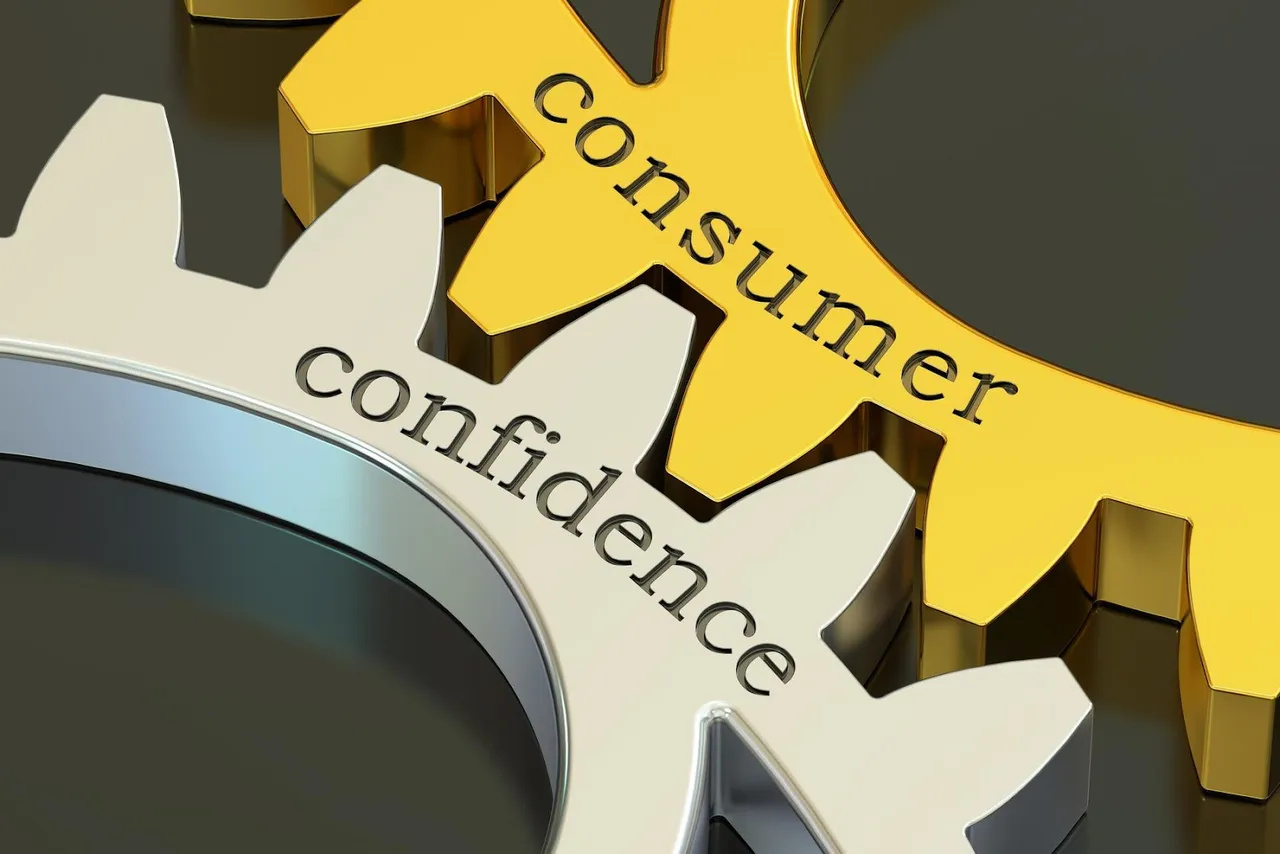
Economic conditions play a significant role in shaping consumer behavior. During times of economic uncertainty or recession, consumers may cut back on discretionary spending, opting for essential items over luxury goods. Conversely, when the economy is strong and consumer confidence is high, people are more likely to make bigger purchases and indulge in non-essential items.
Key Factors:
-
Income Levels: Higher disposable income often leads to increased spending, especially on high-ticket items.
-
Consumer Sentiment: Positive economic outlooks boost consumer confidence, while fears of inflation or job loss can lead to reduced spending.
Business Tip: Monitor economic indicators and adjust your product offerings and pricing strategies accordingly. Consider offering flexible payment options or discounts during periods of economic uncertainty to maintain sales.
4. The Role of Marketing and Advertising

Marketing strategies evolve across different shopping seasons, influencing how and what consumers buy. During peak seasons like the holidays, companies increase their advertising efforts, introducing seasonal promotions and exclusive deals. This heightened marketing activity shifts consumer focus and can create new trends or fads.
Key Factors:
-
Seasonal Campaigns: Marketing campaigns tailored to specific seasons, like back-to-school promotions or summer sales, attract consumer attention.
-
Influencer Marketing: Influencers and social media play a huge role in shaping consumer preferences, especially during seasonal events like Black Friday or Valentine’s Day.
Business Tip: Align your marketing campaigns with seasonal themes and leverage social media influencers to amplify your message. Create a sense of excitement and exclusivity with time-sensitive promotions.
5. Changing Consumer Priorities Throughout the Year
Consumer priorities fluctuate based on the time of year. For instance, in January, many people focus on fitness and self-improvement, driven by New Year’s resolutions. In contrast, the holiday season sees a focus on gift-giving and celebrations, with a surge in spending on gifts, decorations, and festive experiences.
Key Factors:
-
New Year’s Resolutions: January is a time when consumers prioritize health, wellness, and personal development.
-
Holiday Spending: In December, consumers shift their priorities towards family, gifting, and holiday experiences.
Business Tip: Pay attention to shifts in consumer priorities and tailor your product messaging accordingly. Highlight health and wellness products in January, and focus on gift items and festive experiences in December.
6. The Rise of E-commerce and Digital Trends
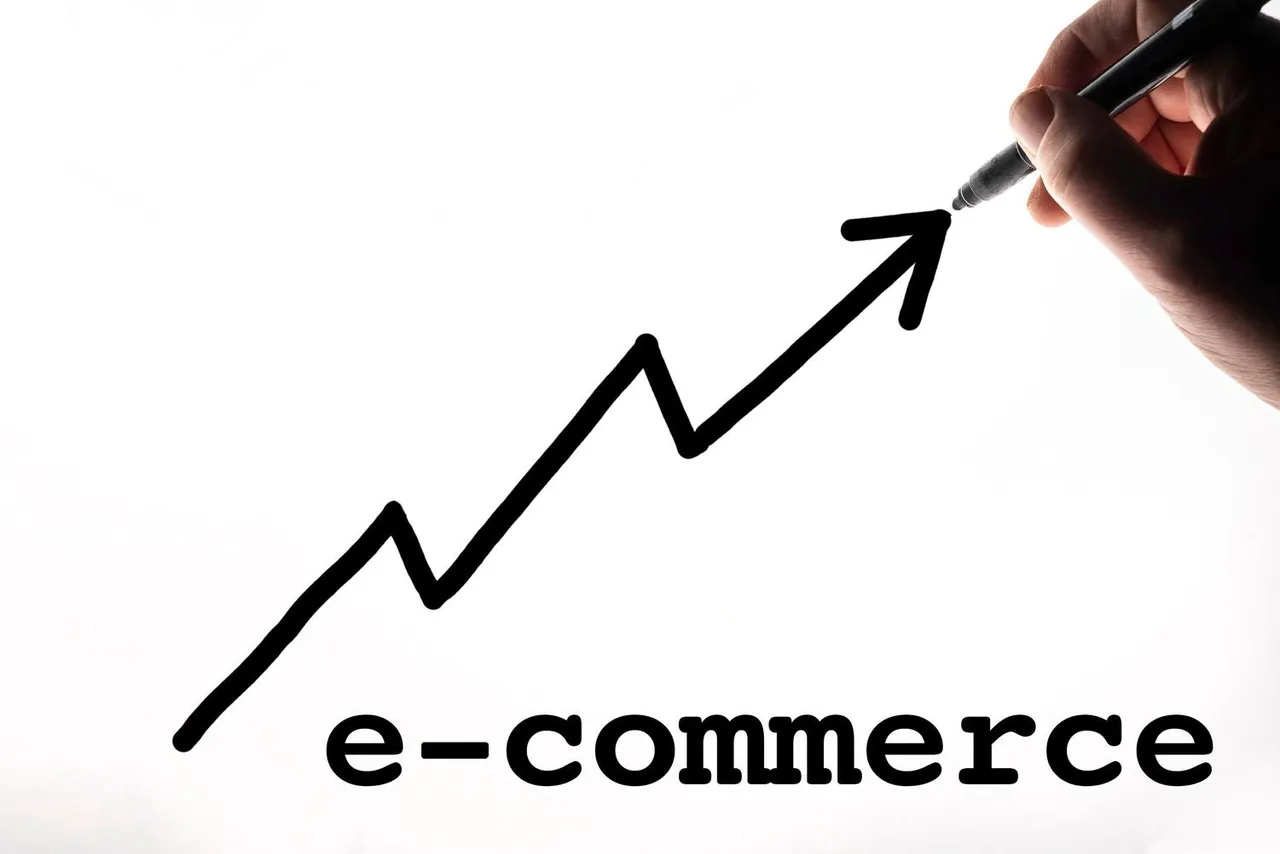
The growth of e-commerce has dramatically changed consumer behavior, especially across different shopping seasons. With the convenience of online shopping, consumers can now shop for holiday gifts, seasonal items, and exclusive deals from the comfort of their homes. Additionally, the rise of mobile shopping and digital payment options has made it easier for consumers to make purchases at any time of the year.
Key Factors:
-
Online Sales Events: Events like Amazon Prime Day, Black Friday, and Cyber Monday drive significant traffic to e-commerce sites.
-
Mobile Shopping: Consumers increasingly use their smartphones to browse, compare prices, and make purchases, especially during busy shopping seasons.
To meet these growing demands, businesses must also focus on operational readiness behind the scenes. During peak periods, when order volumes surge, having the right infrastructure in place is essential to maintain speed and accuracy. Automation tools—such as those used for streamlining packaging and fulfillment—can make a significant difference. Solutions like Crobox, for example, help brands automate these backend processes, enabling smoother scaling during high-demand seasons and reducing the risk of human error in fulfillment workflows.
Business Tip: Optimize your online store for mobile devices and ensure a smooth, user-friendly checkout process. Offer digital payment options like Apple Pay, Google Pay, and PayPal to cater to consumer preferences.
7. Cultural and Social Influences

Cultural trends and social influences can also drive changes in consumer behavior. For instance, during the fall, consumers may gravitate towards seasonal products like pumpkin spice-flavored items, influenced by cultural trends. Similarly, events like Earth Day can inspire consumers to seek out sustainable and eco-friendly products.
Key Factors:
-
Seasonal Trends: Cultural preferences, like seasonal food and beverages, can influence what consumers buy during specific times of the year.
-
Social Awareness: Growing concerns about sustainability have led to increased demand for eco-friendly products during events like Earth Day or World Environment Day.
Business Tip: Stay updated on cultural and social trends, and incorporate them into your product offerings and marketing campaigns. Highlight your brand’s commitment to sustainability during eco-conscious events.
8. Consumer Behavior During Peak Shopping Seasons

Peak shopping seasons like the holidays, back-to-school, and summer sales drive significant changes in consumer behavior. During these times, shoppers are more likely to plan their purchases, seek out deals, and make larger purchases.
Key Factors:
-
Planning Ahead: Consumers often plan their purchases well in advance during peak shopping seasons.
-
Increased Spending: Shoppers are willing to spend more on gifts, special occasions, and seasonal events.
Business Tip: Prepare your inventory and marketing strategies in advance of peak seasons. Offer exclusive deals and promotions to attract early shoppers and build momentum.
Conclusion: Adapting to Changing Consumer Behaviors
Understanding why consumer behaviors change across different shopping seasons is essential for businesses looking to stay ahead of the competition. By recognizing the factors that influence these shifts, such as seasonal trends, holidays, economic conditions, and cultural influences, businesses can tailor their strategies to meet the evolving needs of their customers.
To thrive in today’s dynamic marketplace, adapt your product offerings, marketing efforts, and sales strategies based on the seasonality of consumer behavior. Stay proactive, be flexible, and use data insights to guide your decisions, ensuring your business is well-prepared for every shopping season.

